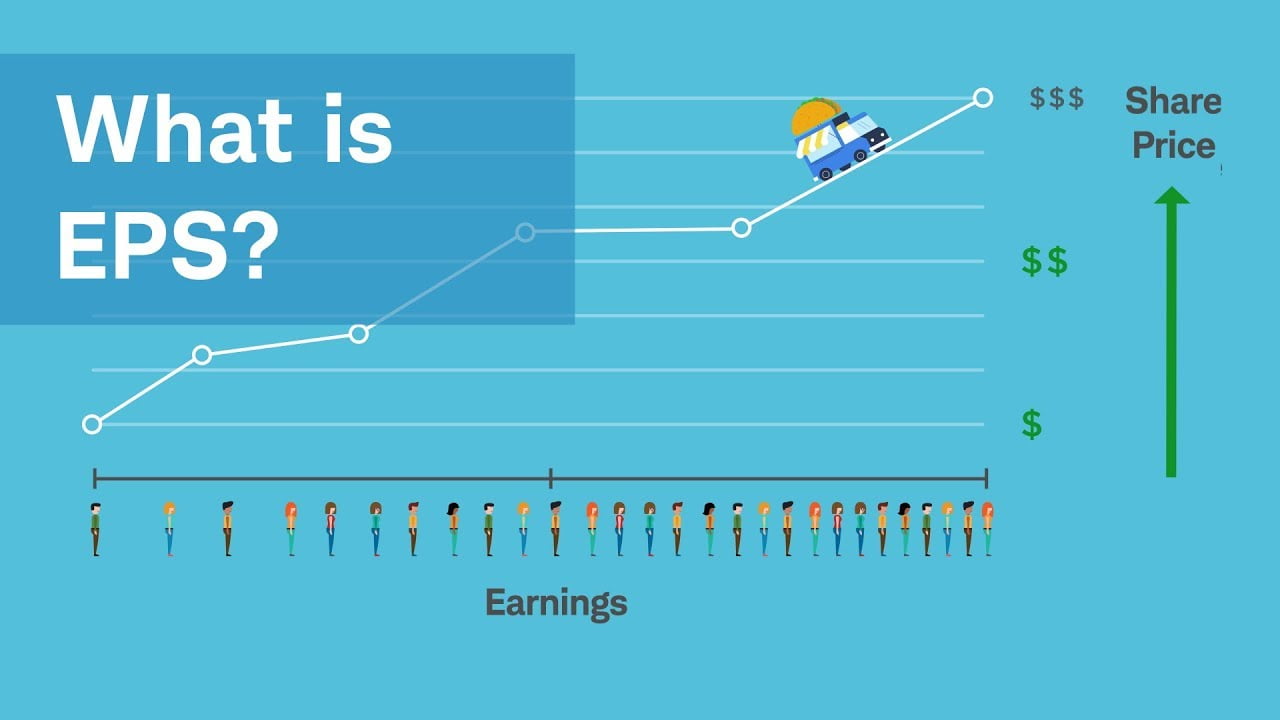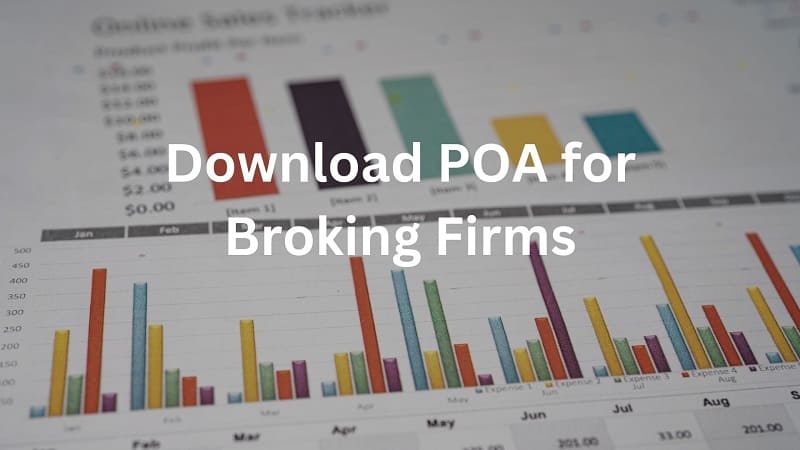The P/E ratio, also known as price-to-earnings ratio, is a method to measure the value of a stock. It compares the price of a stock to the amount of money the company makes, or its earnings. A high P/E ratio means that the stock is more expensive compared to how much money the company makes. A low P/E ratio means the stock is less expensive compared to how much money the company makes. It’s a way for people to try to figure out if a stock is a good deal or not.
Lets Understand what is pe ratio (price to Earnings ratio) with an example !
let’s say there’s a company called “XYZ Ltd.” and their stock is currently selling for Rs.1000 per share. And let’s say that over the past year, XYZ Ltd. made a total of Rs.1 crore in profit. To find the P/E ratio, we would take the stock price of Rs.1000 and divide it by the earnings per share, which is Rs.1 crore divided by the number of shares available for trading.
In this example, let’s say there are 10 lakh shares available for trading. So, the earnings per share would be Rs.1 crore divided by 10 lakh shares = Rs.10 per share.
So, the P/E ratio would be Rs.1000 (stock price) divided by Rs.10 (earnings per share) = 100.
This means that for every Rs.10 of earnings the company makes, the stock is being sold for Rs.1000.
It’s important to note that a high P/E ratio doesn’t always mean a stock is overvalued and a low P/E ratio doesn’t always mean a stock is undervalued. It’s just one way to evaluate a stock but it should be looked at in combination with other financial metrics and company’s future prospects.
What are the positive effects of high PE Ratio on stock?
- Growth potential: A high P/E ratio may indicate that investors expect the company to have strong growth in the future, which could lead to higher profits and higher stock prices.
- Strong financial performance: A high P/E ratio can also be an indication that a company has strong financial performance, as investors are willing to pay more for each Rupee of earnings.
- High demand: A high P/E ratio can also indicate that there is high demand for the stock, as investors are willing to pay more for each Rupee of earnings. This can lead to a stock price that is more resistant to market downturns.
What are Negatives effects of High PE ratio on stock?
- Overvaluation: A high P/E ratio can indicate that a stock may be overvalued, as investors are paying more for each Rupee of earnings than they would for a stock with a lower P/E ratio. This can make the stock more susceptible to price drops if the company’s earnings don’t meet expectations.
- Risk: High P/E ratio stocks are often considered as risky investments because they are more sensitive to any negative changes in the market or the company’s financial performance.
- High Expectations: High P/E ratio can also indicate that investors have high expectations for the company’s future growth, which may not be realistic or sustainable in the long term. If the company fails to meet these expectations, the stock’s price may drop.
- Dividend: high P/E ratio companies might not pay dividends as they are more focused on reinvesting profits for growth.
What are Average P/E Ratio Across sectors in India?
The P/E ratio can vary widely depending on the sector and the specific company. However, here are some general ranges for P/E ratios for some sectors in India:
- What is pe ratio in stocks Technology? Stocks: P/E ratios in the technology sector can be quite high, as investors are willing to pay more for each dollar of earnings due to the growth potential of the sector. P/E ratios in this sector can range from 20 to over 100.
- Banking and Finance: P/E ratios in the banking and finance sector are generally lower compared to the technology sector, as these companies are typically more mature and have more stable earnings. P/E ratios in this sector can range from 10 to 20.
- FMCG (Fast-moving consumer goods): P/E ratios for FMCG companies tend to be lower compared to technology and banking sector, as these companies typically have more stable earnings and lower growth potential. P/E ratios in this sector can range from 15 to 25.
- Automobile: P/E ratios for automobile companies tend to be lower compared to technology and banking sector, as these companies are exposed to various external factors such as fuel prices, taxes, regulations etc. P/E ratios in this sector can range from 5 to 15.
- What is pe ratio in stocks Pharmaceuticals: P/E ratios for pharmaceutical companies tend to be higher compared to other sectors, as these companies have high growth potential and higher barriers to entry. P/E ratios in this sector can range from 20 to 40.
In conclusion, the P/E ratio is a financial metric that compares a company’s stock price to its earnings per share. It is used to determine the value of a stock and can provide insight into the company’s growth potential and investor sentiment. A high P/E ratio can indicate that a stock is overvalued, while a low P/E ratio can indicate that a stock is undervalued. However, it’s important to note that the P/E ratio should be used in conjunction with other financial metrics and company’s future prospects before making a decision to invest. In addition, P/E ratios can vary widely depending on the sector and the specific company, thus it’s important to compare P/E ratios of companies within the same sector. Understanding the P/E ratio can be a helpful tool for investors when evaluating potential investment opportunities in the stock market.
Top Study Materials to Take Your Investing to the Next Level
Some Good reads For Investing Journey
Zerodha vs Upstox Complete analysis














